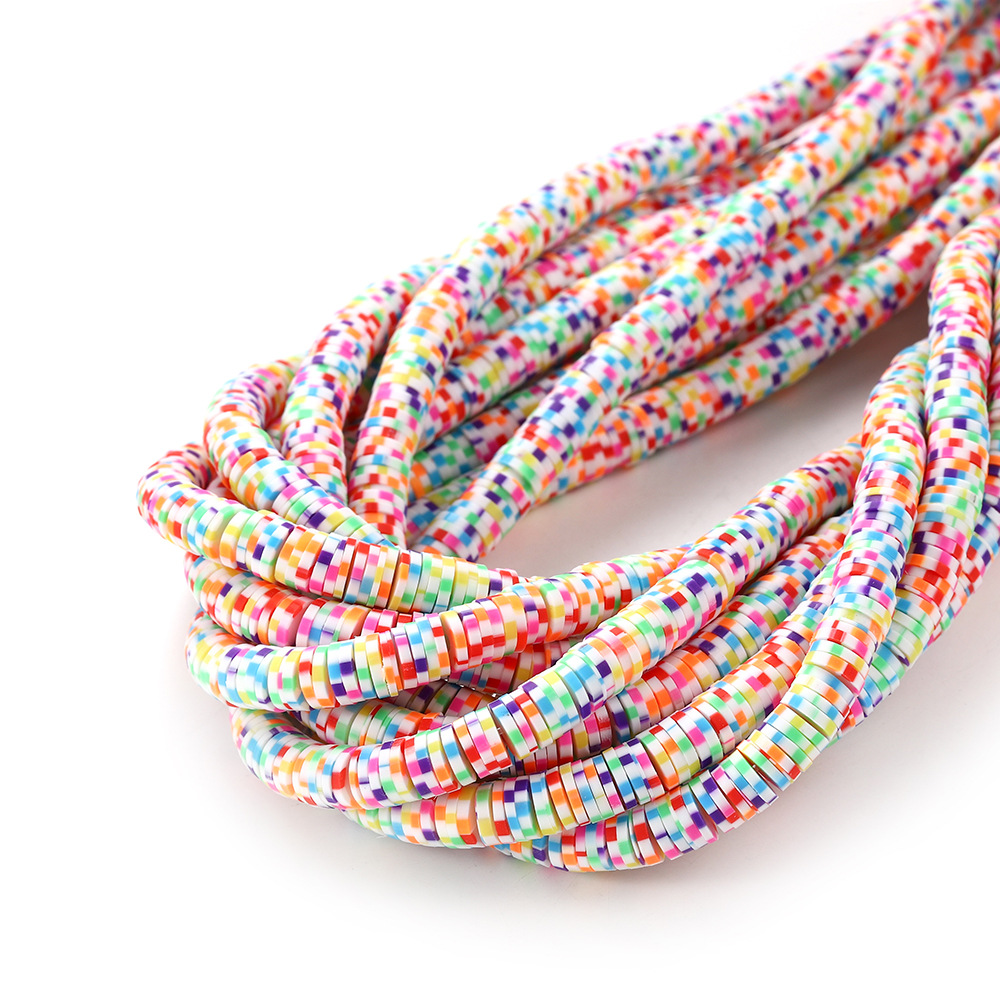The inventor of the soft clay is a German woman named Fifi Rehbinder. At the beginning, it was only used by some individuals. The real commercial brand was in 1964. She sold the formula to the now well-known Eberhard Faber company. Since then, the world of FIMO The earliest soft clay brand was born. Meanwhile, in another part of the world, an American company is developing its own clay. A product called Polyform was developed for commercial use. The initial stage was not smooth. The white Polyform/Sculpey was sold in small batches from 1967 until 1984, when the artist added the color to the soil. When it comes to color, another important figure has to be mentioned, Marie Segal, as she inadvertently developed and promoted Premo, a new trademark for polymer clay products. In 1994, Marie Segal approached Polyform/Sculpey with a question: Why isn't there a high-quality American made dirt? Sculpey needs some changes, it needs more colors and types. Polyform/Sculpey liked the idea and did a lot of testing, and since then has added a colorful Premo line to the Sculpey poly family. Sculpey has also become the most famous American soft clay brand in the world today.













